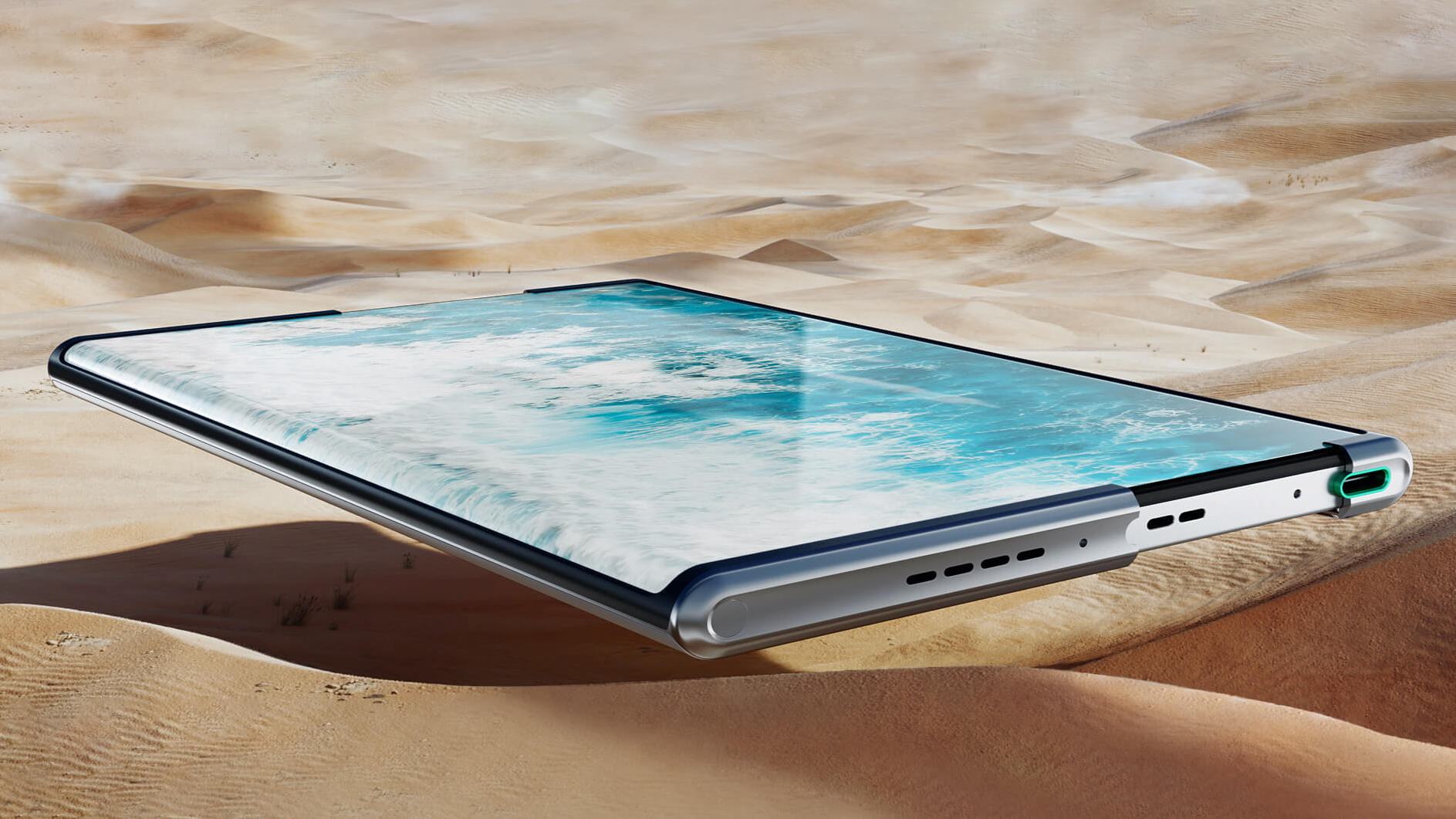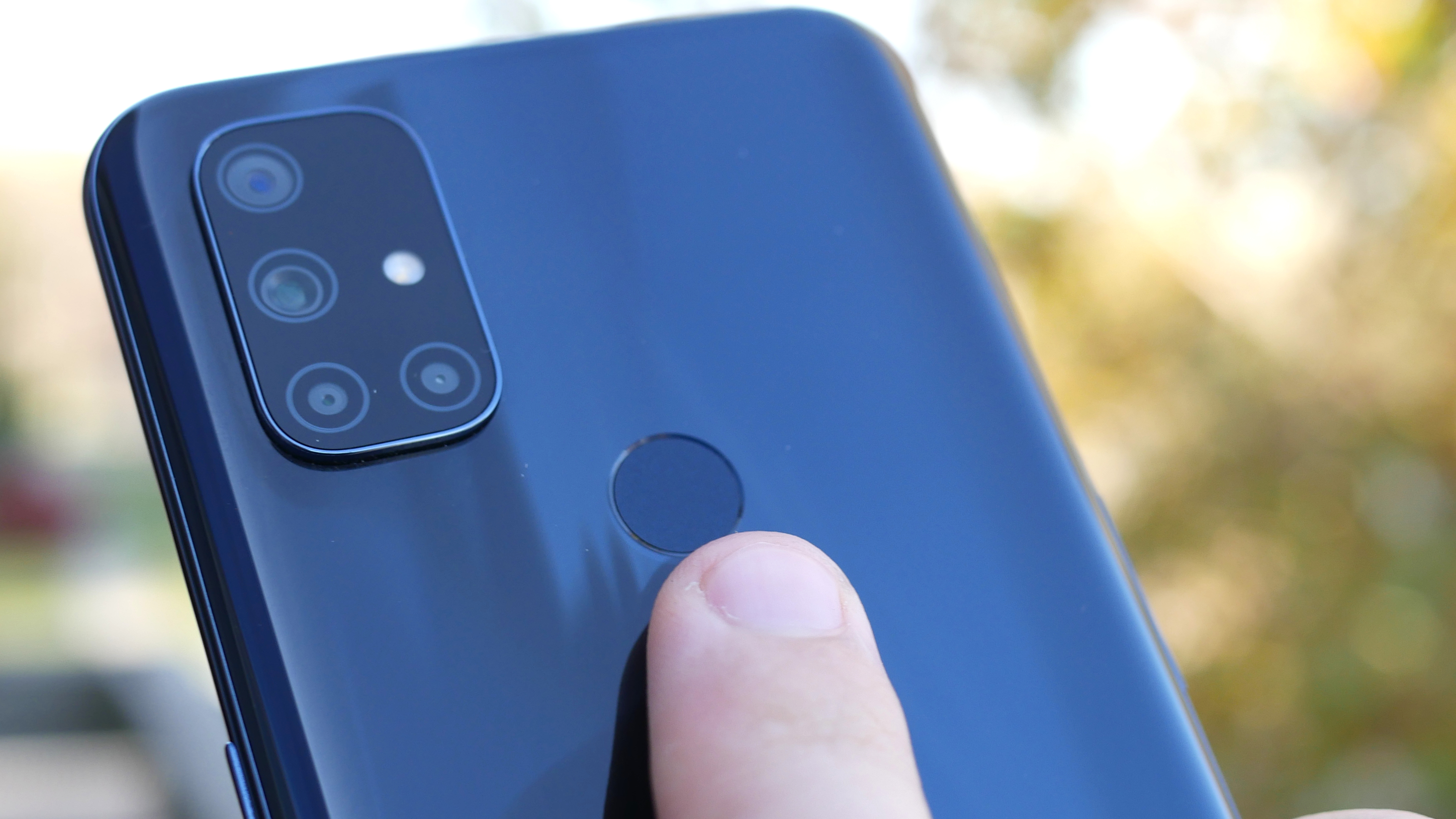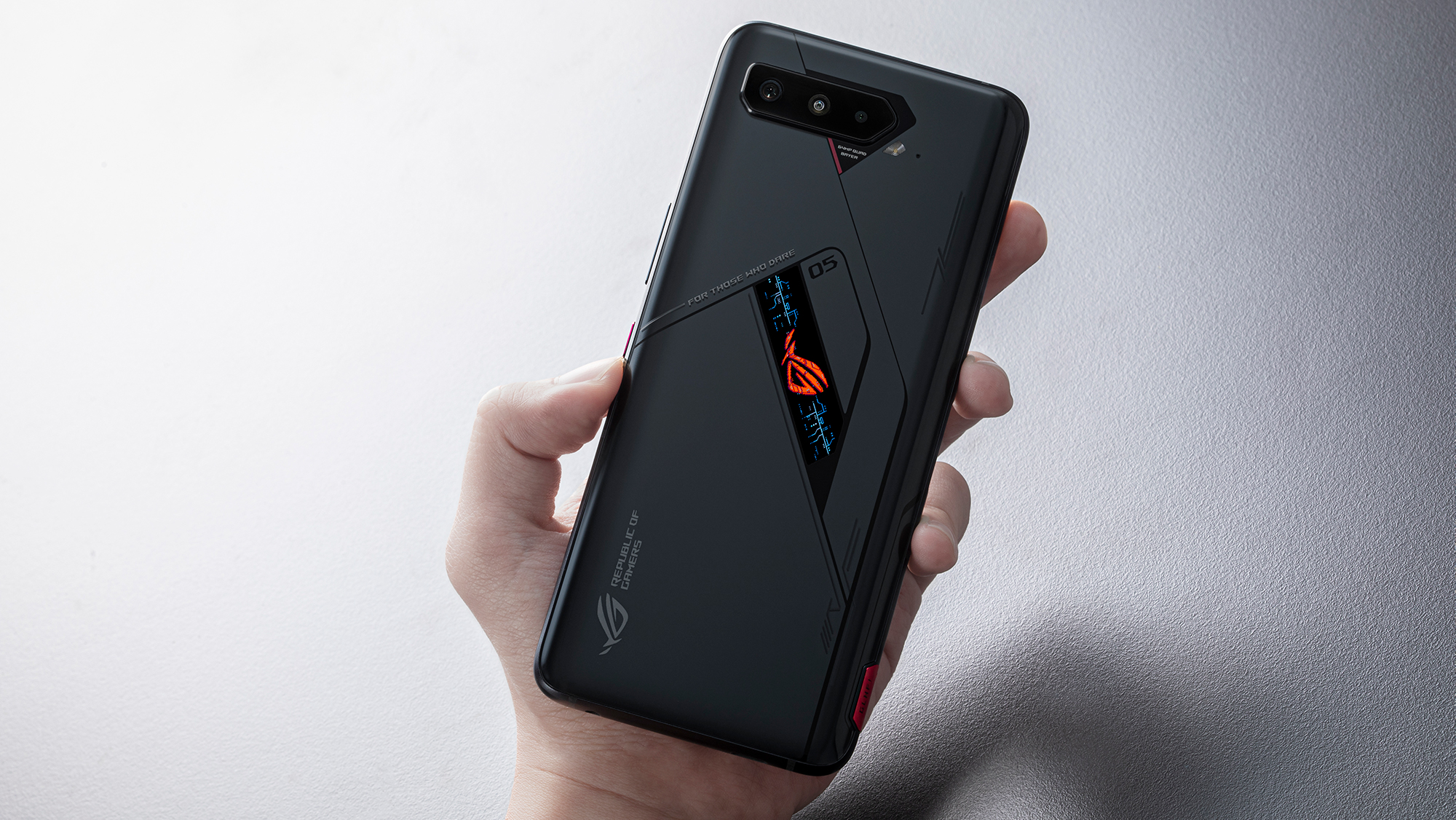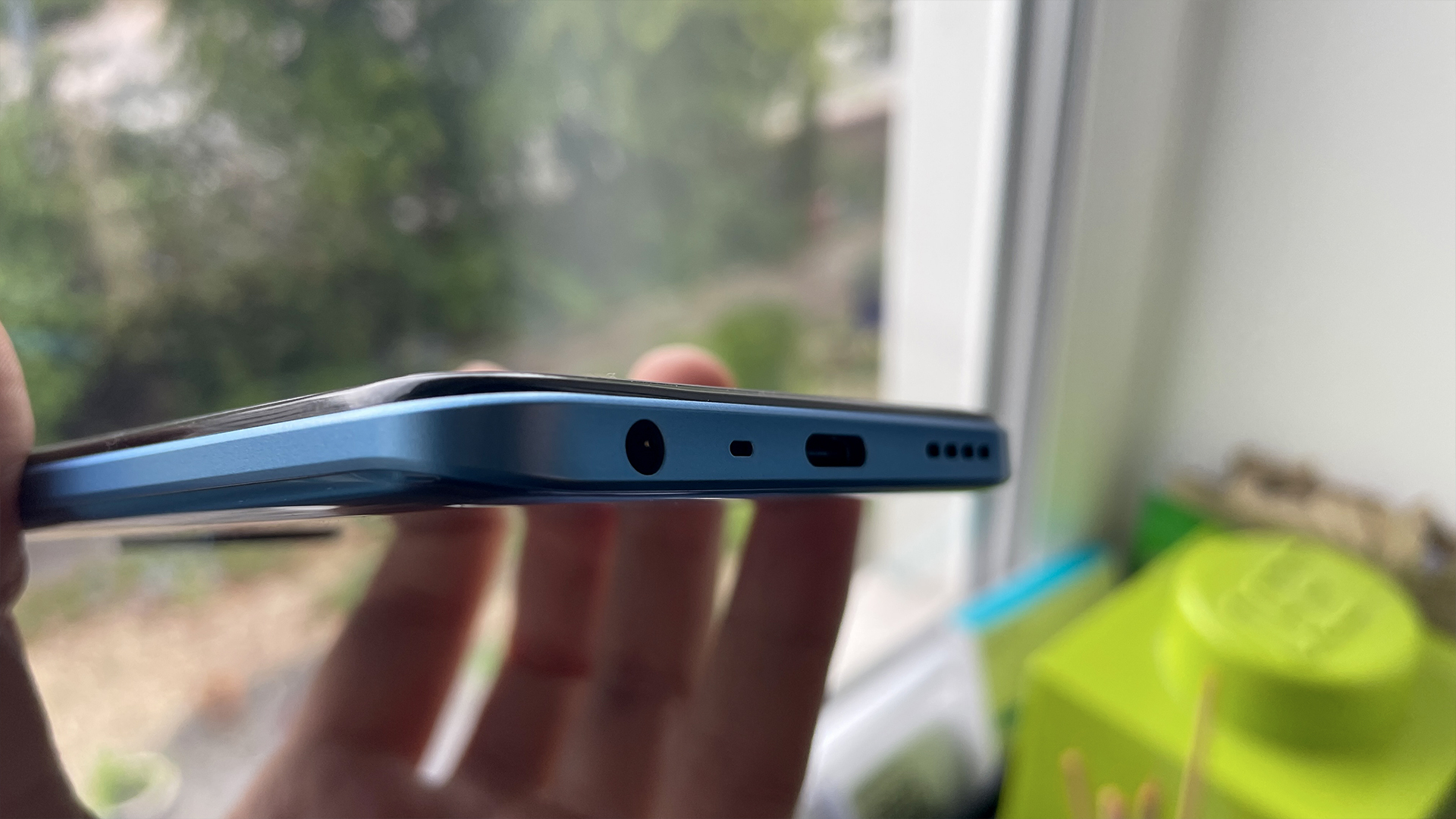Creating a phone for disabled people — How companies can be more inclusive
Small adjustments can make a world of difference in making phones more practical for those in the disabled community

With Techtober right around the corner, it’s a good time to talk about the ultimate phone for the disabled (earlier this year, we wrote about the ultimate laptop for the disabled). There are infinite possibilities to improve smartphone software to be more accessible for people with disabilities, however, we’ll focus on hardware in this article.
Google, Apple, or any other app developer can update its software to make it easier for the disabled to use, but that doesn’t solve the core issue. The problem is that when phones are conceived, companies rarely consider disabled users, so accessibility software has to be retrofitted to traditional hardware instead of introducing more inclusive features from the start. Not only could a universal design save companies money in the long run, but it would also make the disabled community more a part of the tech world and society in general. If tech companies want to be an ally, they should consider the features we'd add to the ultimate phone for the disabled.
Foldable vs. rollable
The first thing to consider is how people access the phone. Samsung has done an impressive job improving its Galaxy Fold and Z Flip every year, increasing the popularity of foldables. However, this form factor excludes many people. Certainly, there are plenty of disabled people who have no issues opening a foldable, but it is an added physical task in the name of nostalgia or a slightly bigger screen.
If a bigger screen is the objective for foldables, companies should focus on rollable screens like the Oppo X 2021. This phone uses tiny motors to expand the screen from 6.7 inches to 7.4 inches, and the mechanism is activated by a short swipe along the edge. Your entire screen and apps are immediately in front of you -- no strenuous physical task needed. This form factor also results in fewer creases in the glass and works with existing stands and mounts while driving or streaming.
Who needs physical buttons?
After a phone is made readily available to users, it needs to be unlocked. The face unlock feature on phones has waned recently -- at least, among the major companies -- but it is clearly the best way for the disabled to unlock their phones. There are concerns about face unlock not working for people who wear glasses, or security concerns about people unlocking the phone by holding a picture up to the camera. Hopefully, the technology has improved during its hiatus and is brought back in the future.
Another way to unlock your phone is an under-the-glass fingerprint reader. Though face unlock would be more convenient for all disabled people, an under-the-screen fingerprint reader would be suitable for most. It is a better solution than trying to find a fingerprint reader on the phone’s back panel or manually typing a code in every time. But why stop there? If the fingerprint reader can go under the glass in the center, why not flank the sides with an under-the-glass power button and screenshot button? Many people with dexterity issues cannot currently take screenshots because it requires holding down two of the phone’s buttons at once. And if a company decided to let users control the volume with an on-screen calibrator, the phone could be completely buttonless.
The new norm
On the topic of ultrasonic sensors, the disabled community could be served by the numerous buttons on a phone like the Asus ROG Phone 5. The phone has sensors around it to provide invisible buttons. The Air Trigger system enables shoulder buttons when you hold the phone sideways, there are sensors on the back for buttons, and you can change the sensitivity on each button for users who may press harder or lighter.
Sign up to receive The Snapshot, a free special dispatch from Laptop Mag, in your inbox.
This feature is neat, and while it may seem gimmicky to some, in the eyes of the disabled, all of these buttons could have a significant impact (of course, some would have to be turned off to avoid accidental button presses). These options would give users who can only use one hand, the ability to reach and press certain buttons, and a chance to use a phone as easily as their able-bodied peers. A myriad of buttons shouldn’t be mocked by the public as a frivolous gamer necessity, they should become the norm.
Ports, ports, and ports
There’s not much room on a phone to add more ports. But the one USB port on phones is used up by some disabled users to connect specialized keyboards or switches the user can use to navigate their phone. What if a disabled person wants to charge their phone at the same time? This is why companies should add at least one additional USB port. If our phone has no physical buttons, there would be more internal space to add ports, and if one side of the phone was meant to activate a rollable screen, the other side would be free to place ports along the middle (away from those shoulder sensors).
A headphone jack is also a must for a disabled-friendly phone (although this is a popular request amongst many users). People want a headphone jack for nostalgia or to keep using their wired headphones, but the blind community prefers wired over wireless because it cuts down on latency. When you have to depend on voices and sounds to navigate your app library and OS, a few milliseconds can make all the difference in the world. Haptics should be improved for the d/Deaf community. This is a mix of hardware and software issues, and we have yet to see improvements in this field due to the lack of awareness toward disability issues by app developers.
Battery life
Not that there’s much that can be done on this front, but the biggest, longest-lasting battery would make life a lot easier for many disabled people. Those with dexterity issues have trouble with wires and plugging things in; low-vision users might have trouble finding ports or sap up the battery using high-contrast mode or a magnifier; and the d/Deaf likely use their screens much more than other people. The less time dealing with battery peripherals, the better for everyone.
Needless to say, everybody would appreciate a longer-lasting battery. It is these design commonalities that companies should embrace.
Bottom line
The alterations discussed in this article wouldn't drastically change the way the public uses phones. They could still carry it in their pocket, use the same cases and chargers they already own, and go through their daily life operating the same apps in the same manner that they always have. And yet, these adjustments could provide a profound benefit to a community that is often overlooked in the development of new products.
Companies like Apple, Google, and Samsung should be aware of the issues those with disabilities face before they design their next phone because if a phone was created with the disabled community in mind, we could all feel a little more included.





